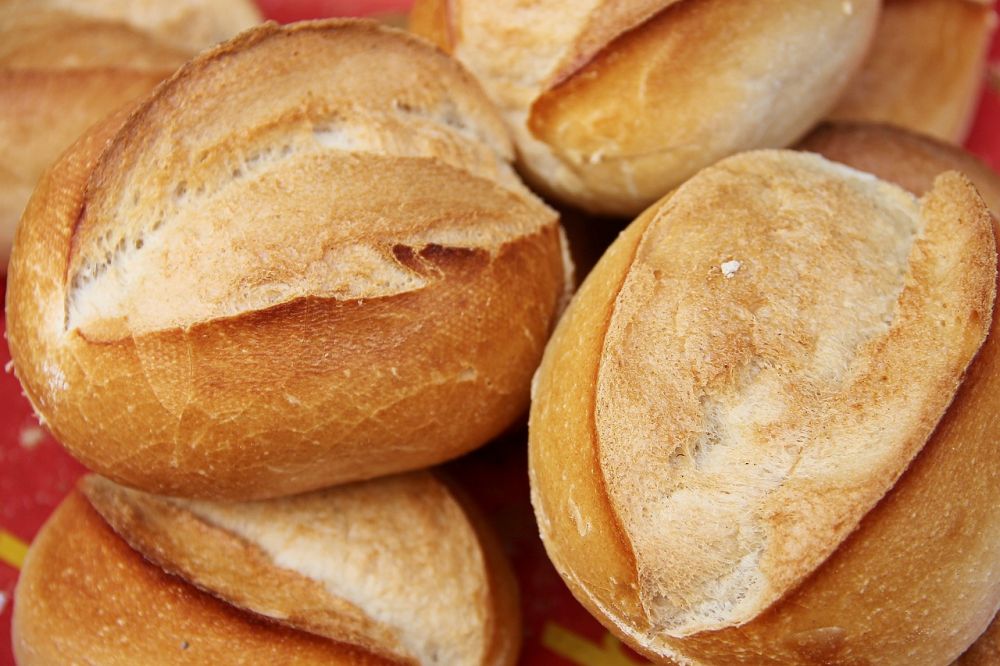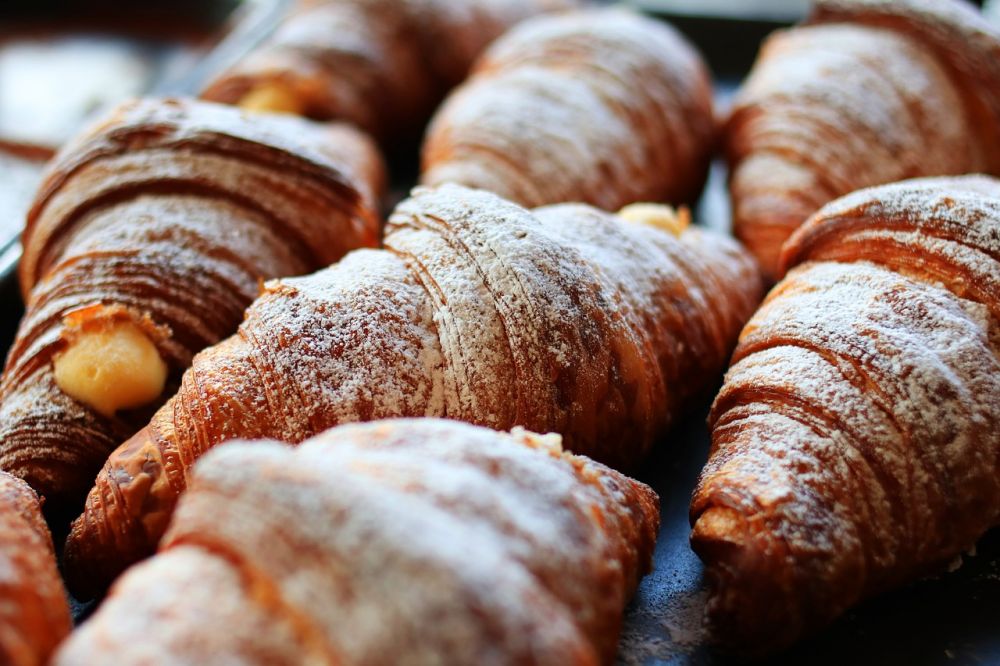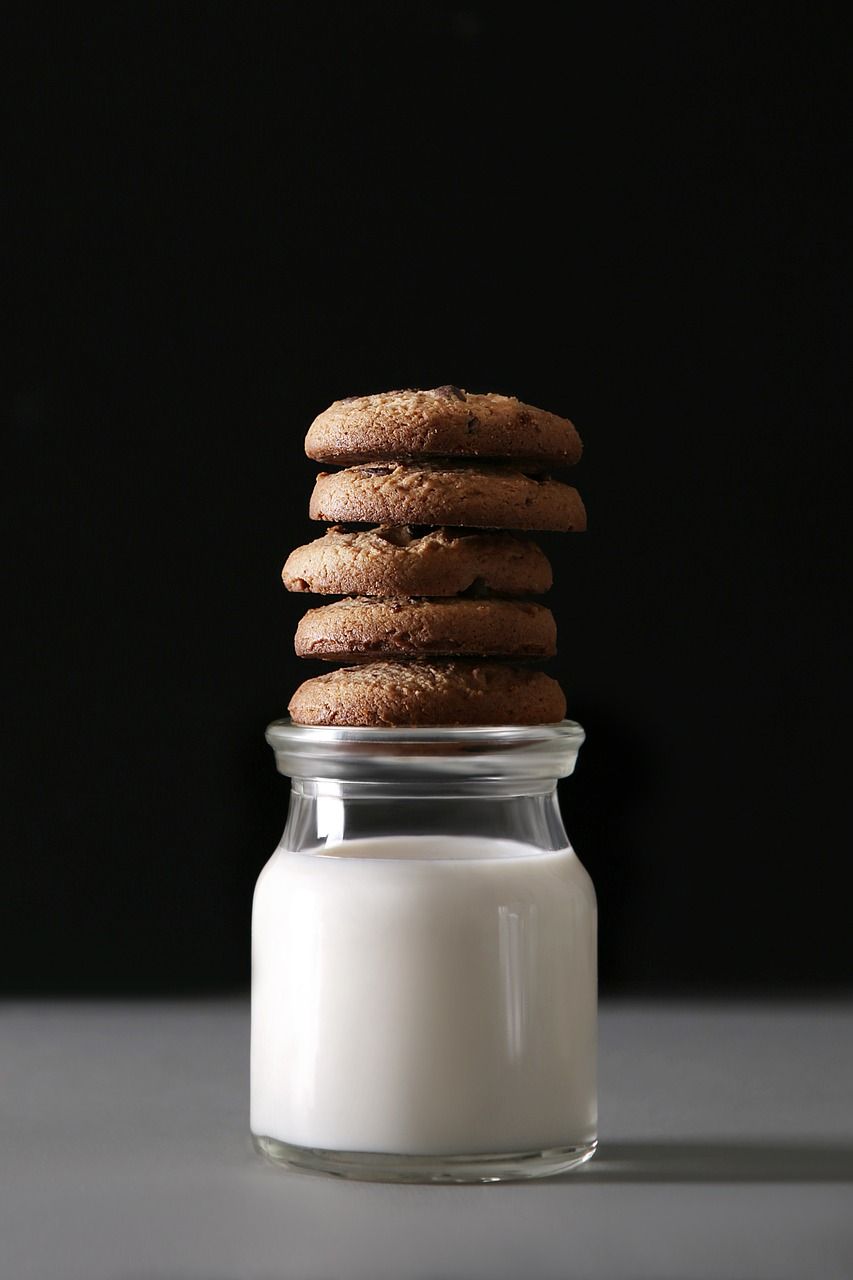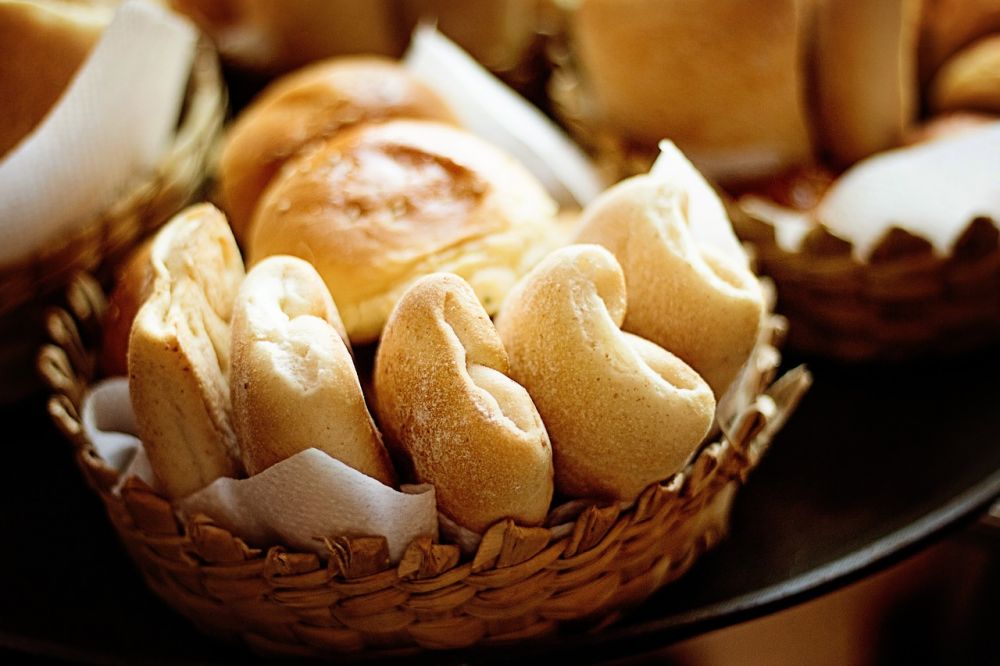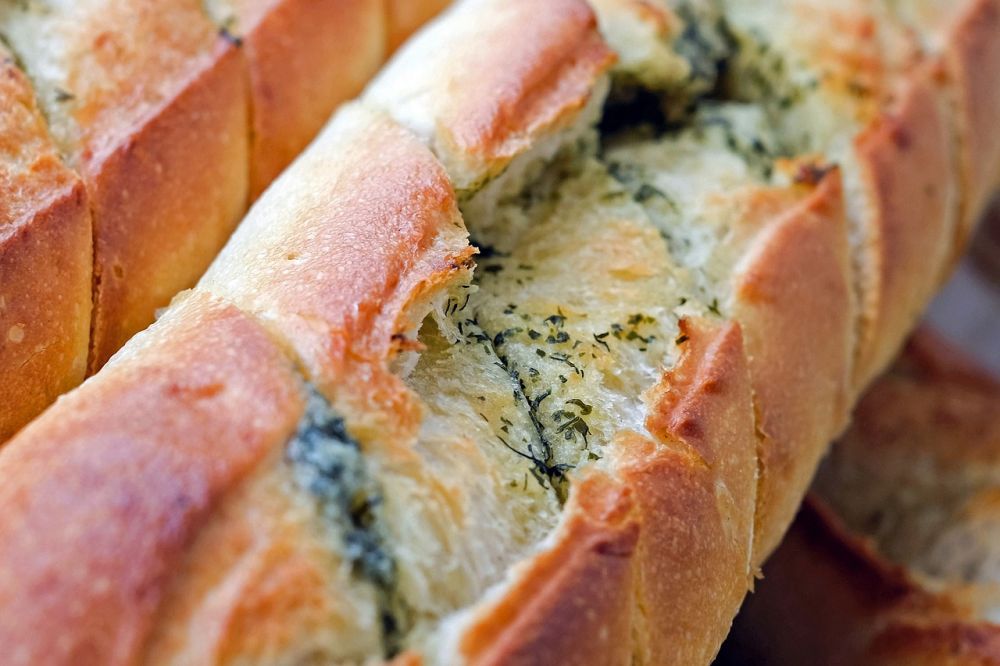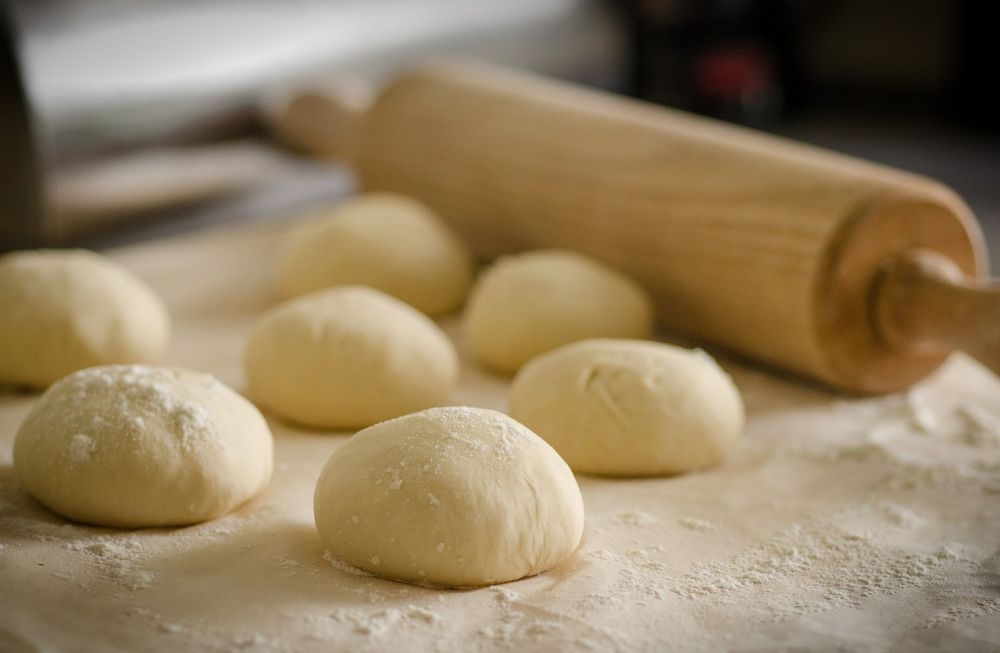Bake Bread: A Comprehensive Guide to the World of Bread-making
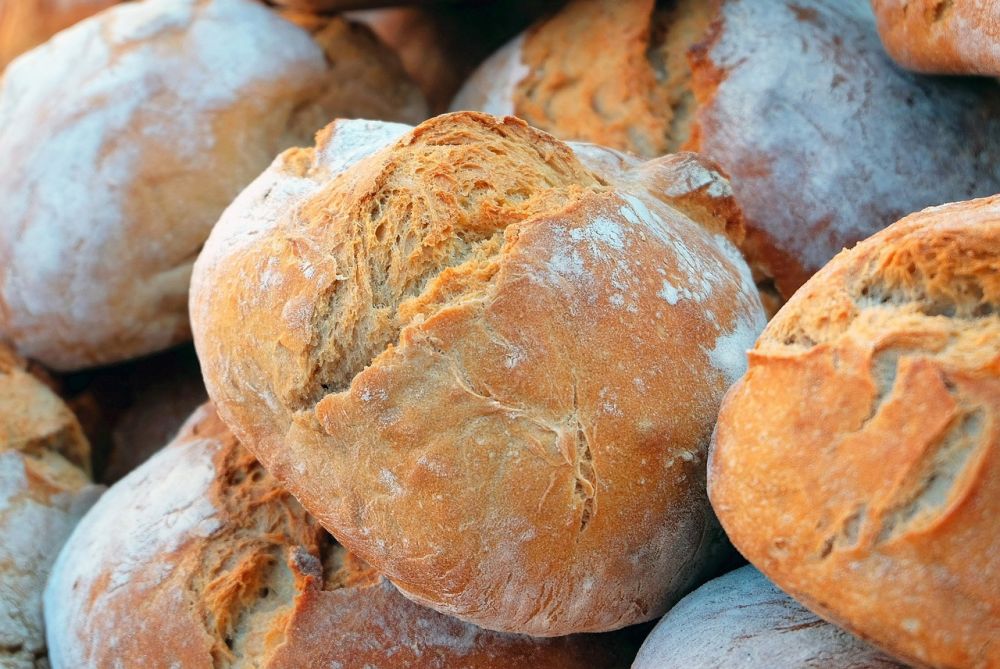
Introduction:
Bread has been a staple food in many cultures for centuries, and baking bread is not only a culinary tradition but also a way to connect with our roots. In this article, we will delve into the art of baking bread, exploring its various types, techniques, and historical significance. Whether you’re an experienced baker or a beginner, this guide will provide you with a deep understanding of the world of bread-making.
Overview of Bake Bread:

Baking bread is the process of combining flour, water, yeast, and other ingredients to create a dough that is then baked in an oven. This seemingly simple process involves a series of complex interactions, resulting in the creation of various bread types with different textures, flavors, and appearances.
Comprehensive Presentation of Bake Bread:
Bread comes in an astonishing array of forms, from crusty baguettes to soft sandwich loaves. Let’s explore some of the most popular bread types and their unique characteristics:
1. Sourdough Bread: Sourdough bread is made using a naturally occurring yeast and lactic acid bacteria combination, also known as a sourdough starter. This type of bread has a tangy flavor and a chewy texture, making it a favorite among bread enthusiasts.
2. Whole Wheat Bread: Whole wheat bread is made from flour that contains the entire wheat grain, including the bran, germ, and endosperm. This type of bread is rich in fiber and nutrients, making it a healthier option compared to refined flour bread.
3. Baguette: A quintessential French bread, the baguette has a crisp crust and a soft, chewy interior. It is typically long and slender, with a slightly sour taste that complements a variety of fillings.
4. Ciabatta: Originating from Italy, ciabatta is characterized by its irregular shape, large air pockets, and a crusty exterior. It is perfect for making sandwiches and bruschettas, as it holds up well to toppings.
5. Rye Bread: Rye bread is made primarily from rye flour, which gives it a distinct flavor and darker color. It has a dense, moist texture and pairs beautifully with smoked fish, cheese, and pickled vegetables.
Quantitative Measurements of Bake Bread:
When it comes to baking bread, precision is key. Here are some quantitative measurements that can greatly affect the outcome of your bread:
1. Hydration Level: The hydration level refers to the ratio of water to flour in the dough. Higher hydration levels result in a more open crumb structure and a chewier texture, while lower hydration levels produce a denser loaf.
2. Baking Temperature: The baking temperature affects the crust formation and internal structure of the bread. Generally, higher temperatures result in a crispier crust and a lighter, more open crumb.
3. Fermentation Time: The length of fermentation greatly impacts the flavor development of the bread. Longer fermentation times allow for the formation of complex flavors and a more tender crumb.
Discussion on Different Bake Bread Varieties:
Each bread variety possesses unique characteristics that set it apart from the others. Here are some key differences to consider:
1. Flavor: Different bread types offer a wide range of flavors, from mild and nutty to tangy and sour. The choice of ingredients and fermentation methods greatly influence the taste profile of each bread.
2. Texture: Some breads have a soft and chewy interior, while others are dense and hearty. The combination of hydration levels, kneading techniques, and proofing times determines the texture of the final product.
3. Appearance: Bread can be visually striking, with variations in crust color, shape, scoring, and surface patterns. These visual elements add to the overall aesthetic appeal of the bread.
Historical Overview: Pros and Cons of Different Bake Bread Varieties
Throughout history, various types of bread have emerged, each with their own benefits and drawbacks. Here’s a brief historical overview:
1. White Bread: In ancient civilizations, white bread was considered a luxury due to the extensive milling process needed to remove the bran and germ. Today, white bread is criticized for being low in nutrients compared to whole grain options.
2. Rye Bread: Rye bread has long been a staple in Northern and Eastern European countries, where rye grain thrived in colder climates. Its denser texture and strong flavor made it a hearty and filling choice.
3. Artisan Bread: The resurgence of artisan bread in recent years has brought back a focus on traditional techniques and personalized craftsmanship. However, artisan bread can be more time-consuming to make and often comes at a higher cost.
Conclusion:
Baking bread is a deeply satisfying culinary experience that connects us to our heritage and nourishes our bodies and souls. Understanding the different types of bread, their unique characteristics, and the historical context allows us to appreciate the artistry behind each loaf. So whether you’re kneading dough for the first time or a seasoned bread enthusiast, take a leap into the world of bread-making and savor the joy of creating your own delicious loaves.
[INSERT VIDEO HERE – Baking a Perfect Sourdough Loaf]
References:
1. Smith, J. (2018). The Science of Baking Bread: A Beginners Guide. Food52. Retrieved from [insert link]
2. Hamelman, J. (2004). Bread: A Baker’s Book of Techniques and Recipes. Wiley.
[End of article]
